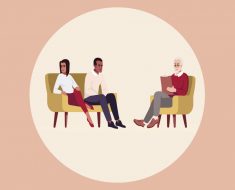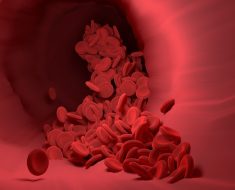University of Massachusetts Amherst research into genetic mutations that affect circadian rhythms offers new insight into the rest-wake cycle and provides a new model for investigating human disease and ultimately developing medical treatments.
Disruptions to the body’s internal clock — which coordinates the timing of biochemical, physiological and behavioral processes — are associated with a range of diseases, including cancer, cardiovascular conditions and susceptibility to infections, as well as a higher risk for accidents. Common disruptions of circadian rhythms are jet lag and shift work, which is performed by some 30 million people in the U.S.
“We are studying two mutations, both of which affect our ability to respond to shifts of the light cycle,” says neurobiologist Eric Bittman, Professor Emeritus of Biology. “Both of them speed up the clock. They reveal how vulnerable we are to disruptions in the light:dark schedule.”
In mammals, circadian rhythms are generated internally by a master pacemaker in the suprachiasmatic nucleus of the hypothalamus in the brain. In addition, every cell in the body has its own circadian clock, which the master pacemaker coordinates. In the normal, light:dark and fluctuating environment, circadian clocks create 24-hour cycles. However, in constant conditions, such as when hamsters are studied in darkness, the rhythms generate cycles whose period is longer or shorter than 24 hours.
“What this reveals to us is that there’s some internal mechanism that is generating rhythmicity, and that the animals are using cues from the environment, the most powerful of which is the light:dark cycle, to sync it up to exactly 24 hours,” Bittman says.
In previous research, Bittman and team identified a recessive mutation, which they call duper, as a defect in the circadian regulator gene Cryptochrome 1 (CRY1) of Syrian hamsters. By improving the draft of the hamster genome using fast homozygosity mapping, they created a modern genetic research model for investigating human diseases.
Source: Read Full Article





